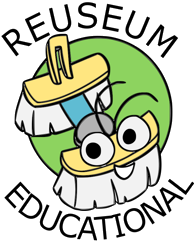An introduction to soldering class is a educational event in which students learn about the principles and techniques of soldering, which is a process of joining two or more metal parts together by melting and flowing a filler metal into the joint. In this class, students may:
Learn about the basic principles of soldering: Students may learn about the fundamental concepts and principles of soldering, such as the types of soldering tools and materials, the properties of different metals, and the factors that influence the quality of a soldered joint. They may also learn about the safety precautions and best practices for soldering.
Learn about the techniques of soldering: Students may learn about the various techniques and methods of soldering, such as how to heat and clean the joint, how to apply the solder, and how to remove excess solder. They may also learn about how to use different types of soldering tools and materials, and how to troubleshoot common soldering problems.
Explore the practical applications of soldering: Students may learn about the various practical applications of soldering, such as electronics repair, jewelry making, and metalworking. They may also learn about the potential benefits and limitations of using soldering in different contexts, and how it compares to other types of metal joining techniques.
Practice soldering: Students may have the opportunity to practice soldering a variety of metal parts and components. They may be asked to complete a series of exercises or projects that help them develop their skills and knowledge of soldering.
Overall, an introduction to soldering class can be a valuable educational experience that helps students learn about the principles and techniques of soldering, and how to use it to join metal parts together. It can also be a fun and engaging way for students to learn about the latest developments in technology and metalworking.
Time: 90 minutes
